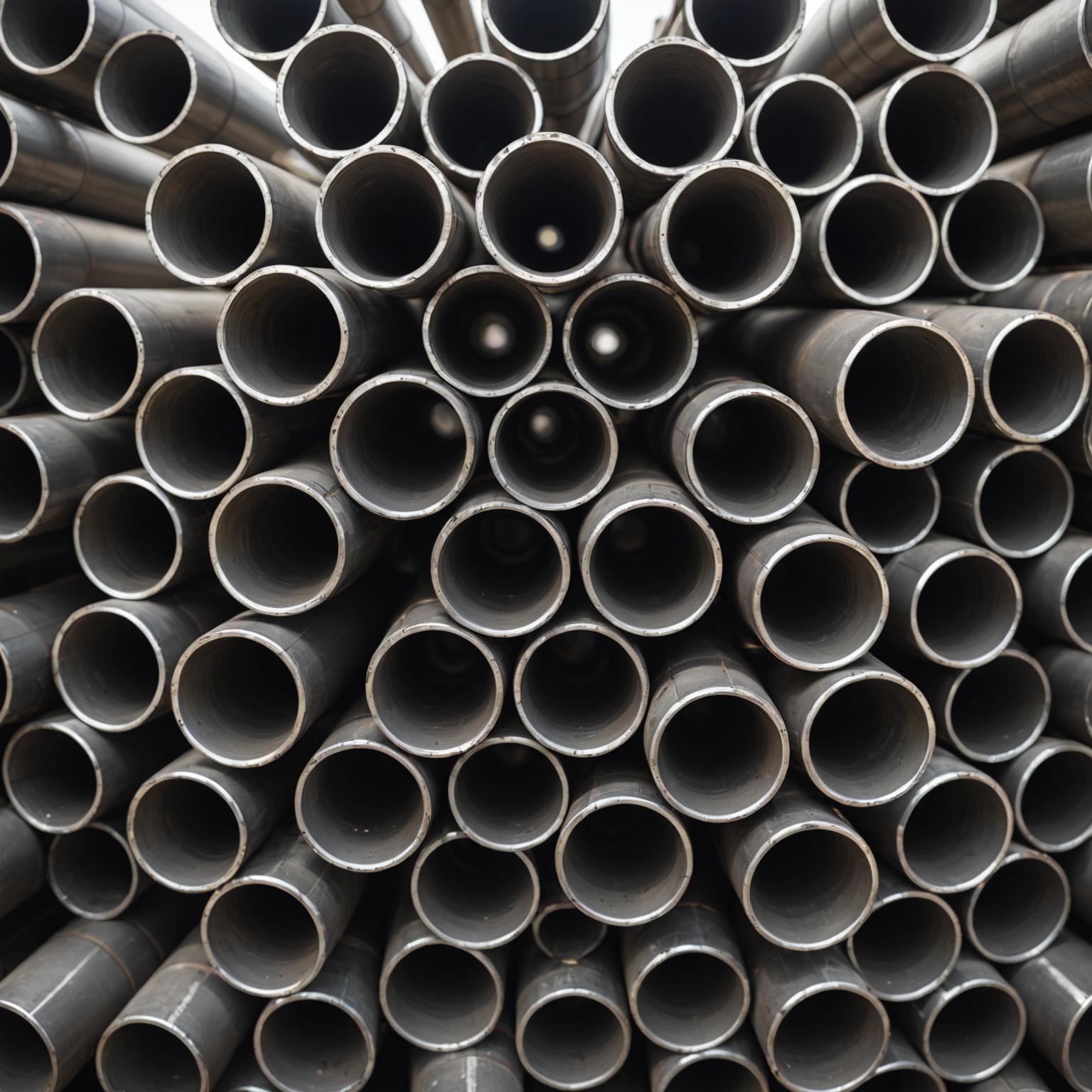What Criteria Must Be Met? Exploring Essential Standards
In the world of industrial materials and designs, the question "What criteria must be met?" is crucial for ensuring the efficiency and durability of engineering projects. When selecting materials like food grade stainless steel pipe, it's essential to consider a variety of criteria that contribute to the success of an industrial application. These criteria are not only about meeting industry standards but also about aligning with the specific needs of a project and ensuring the longevity of the infrastructure where these materials will be utilized.

Understanding Material Composition and Quality
When considering materials such as food grade stainless steel pipe, the key criterion is the composition and quality of the material itself. High-quality stainless steel pipes should exhibit excellent resistance to corrosion and maintain impeccable structural integrity even under extreme temperatures. The manufacturing process should ensure a flawless finish, catering to both functional and aesthetic requirements, especially when these pipes are part of visible structural frameworks or intricate mechanical systems. Precision engineering plays a vital role here, ensuring that each pipe maintains consistent diameter and finish, facilitating seamless integration into existing systems. This is critical in high-stakes environments like food processing, where hygiene and durability are paramount.
Meeting Industry Standards and Regulations
Another paramount criterion is compliance with industry standards and regulations. Materials utilized in projects across various sectors, including construction, aerospace, and food processing, must meet strict guidelines to guarantee safety and performance. Food grade stainless steel pipe, for example, must conform to specific safety and hygiene standards to be suitable for use in food-related industries. These standards ensure that pipes do not react with or contaminate the contents they transport, maintaining the safety and integrity of products within a pipeline system.
Evaluating Performance and Sustainability
The performance and sustainability of the materials chosen are increasingly significant criteria. Modern businesses prioritize not just the functionality of materials like food grade stainless steel pipes but also their environmental impact. Selecting pipes that are capable of withstanding challenging environments without frequent need for replacement improves sustainability and reduces long-term costs. Moreover, utilizing materials that incorporate eco-friendly practices, such as partially recycled content, helps companies achieve their sustainability goals. The performance of stainless steel pipes in terms of strength-to-weight ratio and energy efficiency during transport and installation also contributes to a project’s overall performance effectiveness.
Considering Aesthetic and Creative Potential
In addition to practical considerations, aesthetic possibilities count significantly when choosing materials for structural and architectural uses. Food grade stainless steel pipe offers an elegant and modern finish that can contribute to visually impactful designs. Their sleekness and versatility allow architects and designers to explore innovative solutions that align with both functional needs and aesthetic visions. By choosing stainless steel pipes, designers can create striking frameworks that not only meet functional criteria but also enhance the visual appeal of a project.
In conclusion, the criteria that must be met when selecting materials such as food grade stainless steel pipes are multifaceted. They involve balancing quality, compliance, sustainability, performance, and aesthetic potential to ensure that the chosen materials align with both industry standards and the specific demands of a given project. These criteria enable engineers and designers to push boundaries and achieve novel applications, truly demonstrating the intersection of creativity and functionality.








